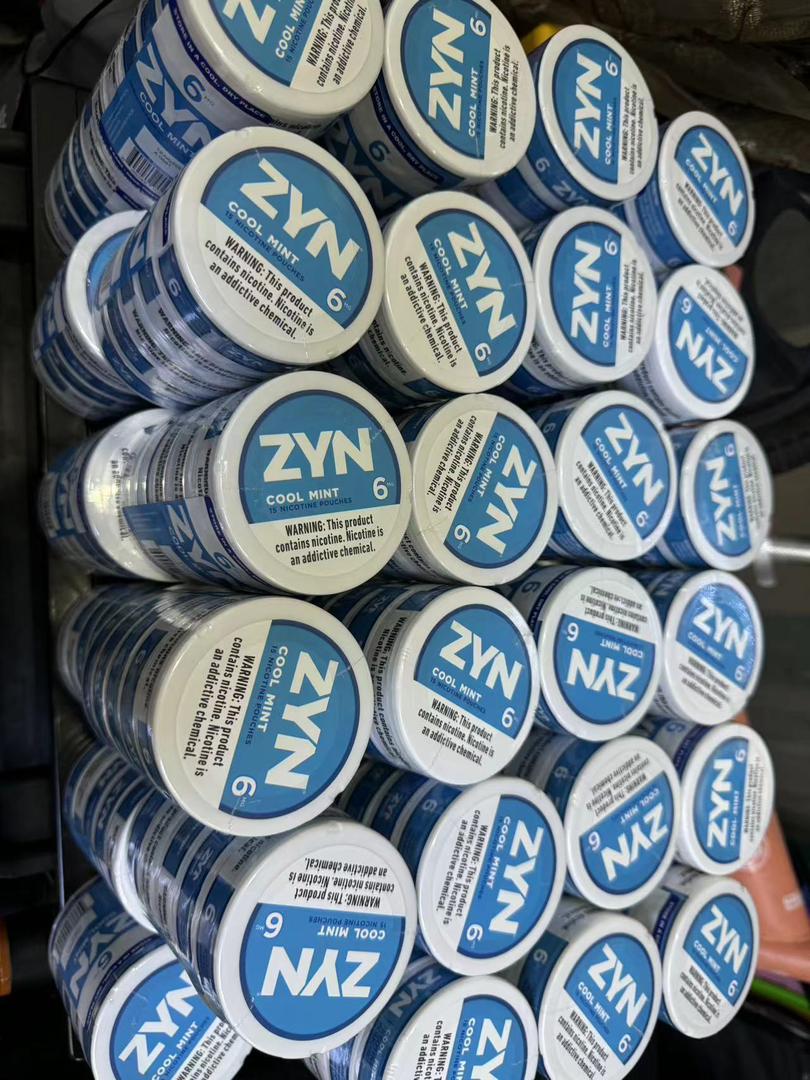The iPhone X, released last week, was a hot topic across all headlines. Two major features stood out: the full-screen design and the replacement of Touch ID with Face ID, commonly referred to as "face scanning." While the full-screen display is essential to understand when discussing the iPhone X's AMOLED screen, it’s the introduction of Face ID that truly marked a new era in smartphone security.
Face ID, Apple's facial recognition system, has been widely praised for its sleek and high-tech feel. However, it quickly sparked debates among users. Some questioned whether it would work after applying makeup, or if it could be fooled by photos or even identical twins. Despite these concerns, Apple claims that Face ID is highly secure and reliable.
The key to Face ID lies in the depth camera. Without this technology, 3D imaging wouldn't be possible. A depth camera isn’t just any ordinary camera—it captures not only a flat image but also measures the distance between the object and the camera, enabling 3D imaging.
There are three main principles behind depth cameras: binocular imaging, structured light, and time-of-flight (TOF). Let's dive into each one.
**Binocular Imaging**
This principle mimics how our eyes perceive depth. Each eye sees a slightly different image, and the brain combines them to create a sense of 3D. This is why 3D movies work—by showing two slightly different images to each eye. While this method is cost-effective and offers high resolution, it requires complex algorithms and good surface details on the object being captured.
**Structured Light**
This technique uses special patterns of light projected onto an object. When the light hits the object, the pattern changes based on the object’s shape and depth. These changes are then analyzed to reconstruct a 3D model. Structured light is used in many applications, including the iPhone X's Face ID. The device projects over 30,000 invisible dots to map the user's face in 3D.
**Time-of-Flight (TOF)**
This method calculates distance by measuring how long it takes for light to travel from the source to the object and back. TOF cameras use sensors that can detect the phase difference between the emitted and reflected light. This allows them to build a depth map of the scene. TOF is often used in robotics and motion tracking due to its speed and accuracy.
Each of these technologies has its own advantages and limitations. Binocular imaging is great for detailed imaging in controlled environments, structured light excels in close-range applications like facial recognition, and TOF is ideal for dynamic environments where speed matters.
The iPhone X’s Face ID is just one example of how 3D imaging is changing the way we interact with technology. As this technology continues to evolve, we can expect to see it integrated into more devices, from smartphones to medical equipment and beyond. The future of 3D imaging looks bright—and it’s already starting to shape our daily lives.








ZYN FOX VELO Pouches
Shenzhen Yingyuan Technology Co.,ltd , https://www.yingyuanvape.com